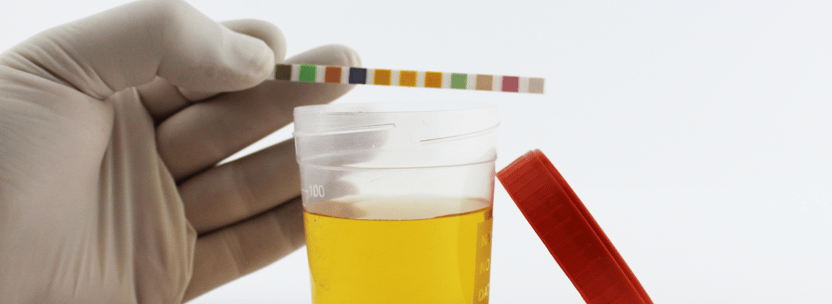💧Urine Colors: What They Mean for Your Health—and What to Do About It
Analyzing the different urine colors and what they mean for your health, including what you should do about it.
EEH
4/23/20253 min read


💧Urine Colors: What They Mean for Your Health—and What to Do About It
Most of us don’t give our urine a second thought—until something looks off. But the color of your urine can be an important indicator of what’s happening inside your body. From hydration levels to signs of infections or liver issues, your pee can tell you a lot more than you might expect.
Here’s your guide to decoding the colors in the bowl—and what actions you might need to take.
🟡 Pale Yellow to Amber: The “Healthy” Range
What it means: This is considered the normal color range for urine. The pigment urochrome, a byproduct of hemoglobin breakdown, gives urine its yellow hue.
Light yellow generally means you’re well-hydrated.
Darker yellow may suggest you’re slightly dehydrated.
What to do:
• Keep drinking water consistently throughout the day.
• If your urine darkens, increase your fluid intake.
🟠 Orange
What it means: Orange urine can be a sign of dehydration, or it may be caused by certain medications (like phenazopyridine, sulfasalazine, or some laxatives). It may also indicate a liver or bile duct issue, especially if accompanied by light-colored stools or yellow skin (jaundice).
What to do:
• Drink more water and monitor if the color lightens.
• If it persists or is accompanied by other symptoms, consult a healthcare provider to rule out liver problems.
🟤 Brown (Cola or Tea-Colored)
What it means: Brown urine may result from severe dehydration, consuming fava beans, or certain medications (like metronidazole). In some cases, it can indicate liver or kidney disease, or a condition causing muscle breakdown (rhabdomyolysis).
What to do:
• Increase hydration immediately.
• If the color doesn’t improve or is paired with fatigue, pain, or other symptoms, seek medical attention promptly.
❤️ Red or Pink
What it means: This could be harmless (from eating beets, rhubarb, or blackberries), but it can also indicate blood in the urine—a symptom of urinary tract infections (UTIs), kidney stones, enlarged prostate, or more serious conditions like bladder or kidney disease.
What to do:
• Consider recent foods or medications.
• If none are to blame, or if you’re experiencing pain, urgency, or fever, contact a doctor immediately.
🟢 Blue or Green
What it means: Rare, but can happen due to food dyes, medications (like amitriptyline or propofol), or a bacterial infection like Pseudomonas. A genetic condition called familial hypercalcemia may also cause blue urine.
What to do:
• Monitor for other symptoms like odor or burning.
• If unexplained or persistent, especially with other signs of infection, see a healthcare provider.
⚪ Cloudy or Milky
What it means: This may indicate a urinary tract infection, kidney stones, or excessive protein in the urine. Cloudy urine is often accompanied by a strong smell or discomfort.
What to do:
• Stay hydrated and monitor symptoms.
• If you experience pain, burning, or fever, consult a healthcare provider for testing and treatment.
🟣 Purple (Extremely Rare)
What it means: While not typically seen in the general population, Purple Urine Bag Syndrome can occur in individuals with catheters and is related to specific bacterial infections.
What to do:
• Immediate medical attention is necessary in these rare cases.
💡Quick Tips for Urine Health
• Hydrate consistently—don’t wait until you’re thirsty.
• Avoid excessive vitamin or supplement use unless prescribed.
• Eat a balanced diet to support kidney and liver function.
• Pay attention to patterns—a one-off odd color might be food-related, but persistent changes should be evaluated.
📝 When to Call a Doctor
• Persistent red, brown, or orange urine
• Cloudy urine with pain or fever
• Blue or green urine not explained by food or medications
• Any sudden and lasting change in color with other symptoms
🚽 Final Thoughts
Urine color isn’t just a quirky bathroom observation—it’s your body’s way of waving a health flag. Whether it’s a hydration reminder or a warning sign, tuning into the color of your urine can keep you on top of your well-being. So next time you flush, take a peek. Your body might just be trying to tell you something.
📚 References
1. OSF HealthCare. What Color Should Your Urine Be?
2. Mayo Clinic. Urine Color: Symptoms and Causes.
3. Atlantic Health System. What Your Urine Color Says About Your Health.
